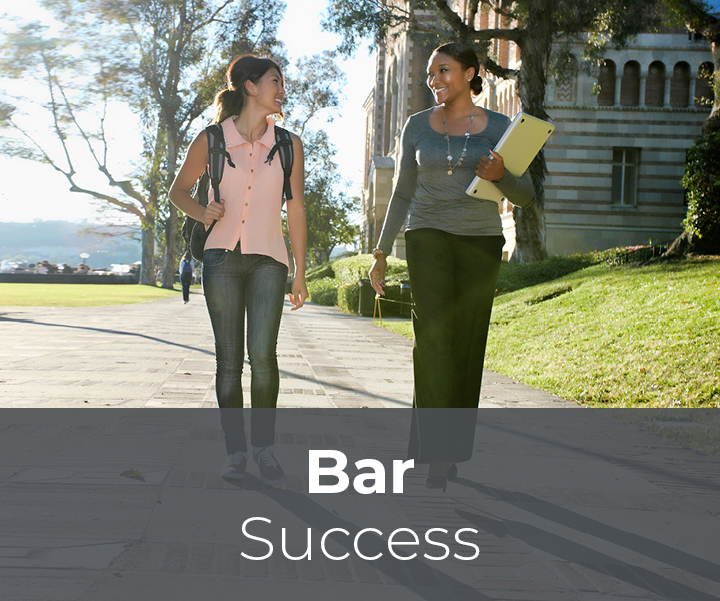
Law School Admissions
New Avenues for Diversity After Students for Fair Admissions
Document Type
Law Review Article
Publication Date
1-2023
Keywords
affirmative action, race-neutral alternatives, admission criteria, law school diversity
Abstract
In Students for Fair Admissions v. Harvard, the U.S. Supreme Court upended decades of precedent, which had allowed universities to use race as one factor in student admissions in order to advance the compelling interest of providing the educational benefits of a racially diverse student environment. In earlier decisions, in 1978, 2003, and 2016, swing conservative justices had sided with liberal justices to permit the limited use of racial preferences. But in 2023, a decisive 6-2 majority in the Harvard case and a 6-3 majority in the companion Students for Fair Admissions v. University of North Carolina case, held that the universities' use of race could not survive strict scrutiny under the Equal Protection Clause of the Fourteenth Amendment and a parallel requirement under Title VI of the 1964 Civil Rights Act. The Court raised a number of objections to the universities' use of racial preferences: (1) that the diversity interests advanced by the universities were "inescapably imponderable" and not "sufficiently measurable," (2) that their racial preferences negatively affected nonbeneficiaries, (3) that the preferences had no logical ending point, and (4) that the preferences relied on impermissible stereotypes.
The Court did not, however, say that the pursuit of the educational benefits of racial diversity is itself impermissible. This article examines two possible avenues by which higher education institutions can continue to pursue racial and ethnic diversity: (1) by considering personal essays in which students discuss their experiences of how race shaped their lives; and (2) by employing nonracial factors, such as providing an admissions preference to socioeconomically disadvantaged students, or those from underrepresented geographic areas, which can have the effect of producing the educational benefits of racial diversity without the consideration of race.
I contend that while both options are legitimate if applied faithfully, there is a much bigger danger that admissions officers will improperly use the personal essay option than that they will misuse nonracial factors. Because admissions officials are accustomed to using race in admissions, instructing them on the critical difference between considering a student's experiences with race and considering race itself will be challenging. By contrast, the use of nonracial factors, such as socioeconomic disadvantage, is much less subject to abuse. Drawing upon simulations I helped conduct as an expert witness in the Students for Fair Admissions litigation, I contend that employing nonracial strategies, while more expensive than exploiting the personal essay "loophole," entails far fewer legal risks and can produce robust levels of racial diversity if implemented intelligently. Moreover, I argue, adopting these types of race-neutral alternatives can serve as a shield against future litigation.



